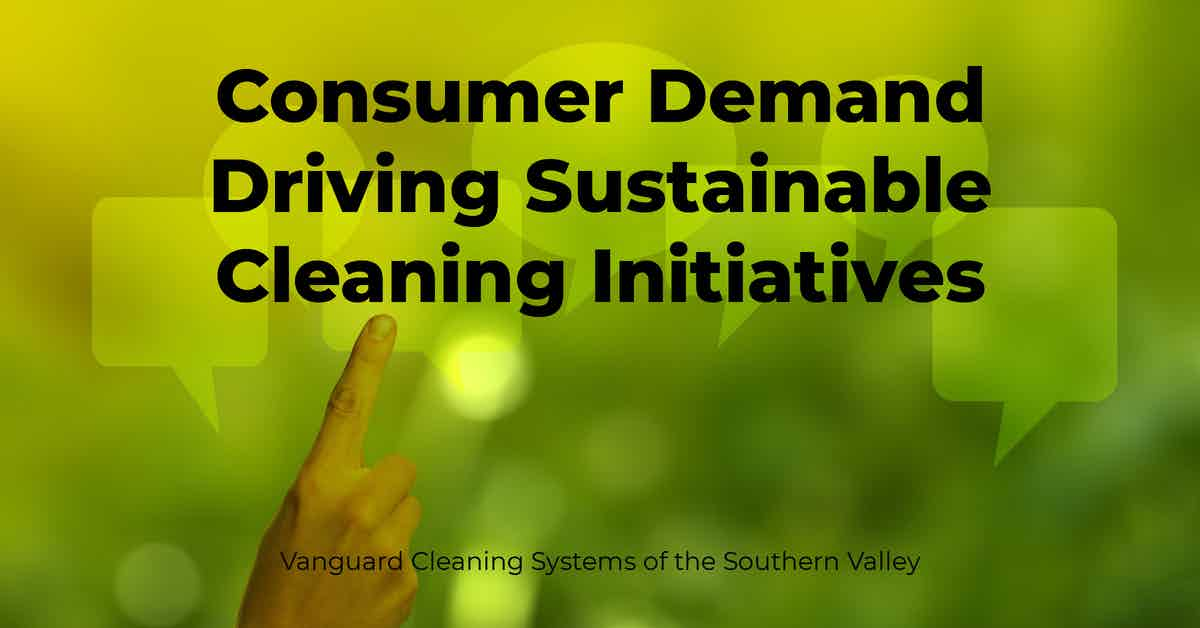Throughout the COVID-19 pandemic, the rate of facility cleaning increased dramatically, which brought many of the issues associated with conventional cleaning practices, such as safety and sustainability, to the forefront of conversations around occupant health and wellness.

Protecting People and the Planet
The absence of reliable information at the onset of the pandemic resulted in the widespread overuse of corrosive disinfectants in facilities and outdoor urban areas.
The misuse in one urban area of China reportedly resulted in the mass die-off of at least 17 separate free-living animals throughout the city.
The active components of the majority of the disinfectants used are harmful and corrosive chemical compounds, including chlorine-releasing agents, oxidizing agents, and quaternary ammonium cations.
Although some human residents of cities can avoid contact with these chemicals by remaining at home, urban organisms are directly or indirectly exposed to these chemicals. Furthermore, with cities on lockdown, animals in urban areas go deeper into the cities, and frequently explore the emptied streets, parks, and waterways.
Recently, hundreds of free-living animals belonging to 17 different species (e.g., common blackbird, Turdus merula; and Siberian weasel, Mustela sibirica) were found to have died due to the overuse of disinfectants in Chongqing, China.
Considering that the majority of disinfectants (e.g., sodium hypochlorite, NaClO) are irritative and corrosive to the mucous membranes of the respiratory and digestive tracts, the practice of indiscriminate application of vast quantities of such chemicals in urban environments could directly or indirectly pose a significant threat to urban wildlife.
Massive use of disinfectants against COVID-19 poses potential risks to urban wildlife
Meanwhile, the long-term impact of human contact with these toxic chemicals via inhalation, ingestion, and dermal contact is unknown but potentially disastrous, leading many citizens to criticize the indiscriminate use of such products.
Considering the potentially hazardous effects of disinfectant residues on the environment, organisms, and biodiversity, the sharp rise in the use of disinfectants during the COVID-19 pandemic has been considered highly likely to cause worldwide secondary disasters in ecosystems and human health.
[...] the COVID-19 outbreak caused a tremendous rise in the public’s household disinfectant consumption and usage levels in China.
After the COVID-19 outbreak, chlorine-based and alcohol-based disinfectants were considered as the most preferred products for household sanitization and hand sanitization, respectively.
Importantly, the Chinese public’s environmental perceptions and practice on disinfectants were poor.
Less than half of respondents had positive attitudes toward the source control of disinfectant pollution.
Corrosive disinfectants have also negatively impacted indoor air quality, which directly impacts human health and wellness.
Short-term exposure typically results in acute respiratory issues, but longer-term exposure, especially among vulnerable demographics, can result in severe and life-long health issues.
Bleach has been commonly used as an indoor cleaning and disinfectant agent for many generations, but its chemical volatility makes it a potential health threat when used incorrectly.
Bleach cleaning products contain sodium hypochlorite (NaOCl), which can emit chlorine-containing compounds such as hypochlorous acid (HOCI) and chlorine gas (Cl2). These vapors can rapidly accumulate in a poorly ventilated indoor environment.
Some short-term effects of indoor air pollutants include eye irritation, nose, throat, headaches, dizziness, and fatigue.
Longer-term health effects include respiratory diseases, heart disease and cancer.
Babies, young children, the elderly, and those with compromised immune systems are especially vulnerable to exposure to indoor pollutants.
Consumer Concerns Drive Sustainable Initiatives
Business consumers concerned with the impact infection prevention and control measures have on the environment and their wellbeing are now driving purchasing decisions.
According to a recent BCG survey of more than 3,000 people from eight countries
- 70% of survey participants said they were more aware now than before COVID-19 that human activity threatens the climate is and that degradation of the environment, in turn, threatens humans.
- 95% said they believed their actions could help reduce unsustainable waste, tackle climate change, and protect wildlife and biodiversity.
- 75% said environmental issues are as concerning as—or more concerning than—health issues.
- 66% think that economic recovery plans should make environmental issues a priority.
- 40% stated they intend to adopt more sustainable behavior in the future, and;
- 87% believe companies should integrate ecological concerns into their products, services, and operations to a greater extent than they have in the past.
Source:
Takeaway
The damaging use of corrosive, toxic disinfectants throughout the pandemic and beyond has been destructive for the natural environment, humans, and native species.
As we advance, consumer demand will drive business decisions to improve all processes, including indoor environmental health and safety.
Implementing environmentally-preferable infection cleaning and sanitization methods now positions your organization as a leader in the community and well ahead of the pack.
If you would like more information regarding the effectiveness of high-performance infection prevention and control measures, or if you would like to schedule a free, no-obligation on-site assessment of your facility's custodial needs, contact us today for a free quote!
In Bakersfield, CA, call (661) 437-3253
In Fresno, CA, call (559) 206-1059
In Valencia, CA, or Santa Clarita, CA, call (661) 437-3253
In Palmdale, CA or Lancaster, CA, call (661) 371-4756

